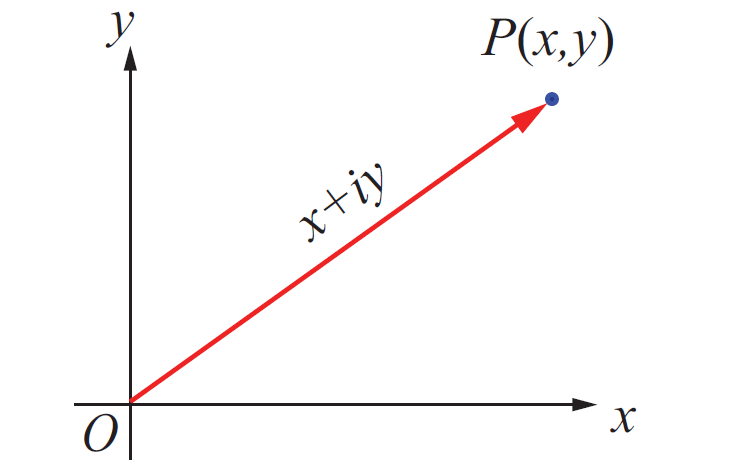FIND THE EQUATION OF A LINE PARALLEL OR PERPENDICULAR TO ANOTHER LINE
Example 1 :
Find the equation of the straight line parallel to the line
3x – y + 7 = 0
and passing
through the point (1, -2).
Solution :
Write the given equation in slope-intercept form to find the slope.
3x – y + 7 = 0
-y = -3x - 7
y = 3x + 7
Comparing y = mx + b and y = 3x + 7, we get
m = 3
Slope of the given line = 3
Since the required line and given line are parallel, the slopes are equal.
Slope of the required line = 3
Equation of the required line :
y = mx + b
Substitute m = 3.
y = 3x + b ----(1)
The above line is passing through (1, -2).
-2 = 3(1) + b
-2 = 3 + b
-5 = b
Substitute b = -5 in (1).
y = 3x - 5
3x - y - 5 = 0
Example 2 :
Find the equation of the straight line perpendicular to the straight line
x – 2y + 3 = 0
and passing through the point (1, -2).
Solution :
Write the given equation in slope-intercept form to find the slope.
x – 2y + 3 = 0
-2y = -x - 3
2y = x + 3
y = (1/2)x + 3/2
Comparing y = mx + b and y = (1/2)x + 3, we get
m = 1/2
Slope of the given line = 1/2
Let k be the slope of the required line.
Since the required line and given line are perpendicular, the product of the slopes is equal to -1.
k(1/2) = -1
k = -2
Slope of the required line = -2
Equation of the required line :
y = mx + b
Substitute m = -2.
y = -2x + b ----(1)
The above line is passing through (1, -2).
-2 = 2(-1) + b
-2 = -2 + b
0 = b
Substitute b = 0 in (1).
y = -2x + 0
y = -2x
2x + y = 0
Example 3 :
Find the equation of the perpendicular bisector of the straight line segment joining the points.
(3, 4) and (-1, 2)
Solution :
Find the slope of the line joining (3, 4) and (-1, 2).
m = (y2 - y1)/(x2 - x1)
Substitute (x1, y1) = (3, 4) and (x2, y2) = (-1, 2).
m = (2 - 4)/(-1 - 3)
m = -2(-4)
m = 1/2
Let k be the slope of perpendicular bisector.
k(1/2) = -1
k = -2
Slope of the perpendicular bisector = -2.
Find the midpoint of the line joining (3, 4) and (-1, 2).
= ((x1 + x2)/2, (y1 + y2)/2)
= ((3 - 1))/2, (4 + 2)/2)
= (2/2, 6/2)
= (1, 3)
Perpendicular bisector is passing through (1, 3) with the slope -2.
Equation of the perpendicular bisector :
y = mx + b
Substitute m = -2.
y = -2x + b ----(1)
The above line is passing through (1, 3).
3 = -2(1) + b
3 = -2 + b
5 = b
Substitute b = 5 in (1).
y = -2x + 5
2x + y - 5 = 0
Kindly mail your feedback to v4formath@gmail.com
We always appreciate your feedback.
©All rights reserved. onlinemath4all.com
Recent Articles
-
De Moivre's Theorem and Its Applications
Apr 19, 24 08:30 AM
De Moivre's Theorem and Its Applications -
First Fundamental Theorem of Calculus - Part 1
Apr 17, 24 11:27 PM
First Fundamental Theorem of Calculus - Part 1 -
Polar Form of a Complex Number
Apr 16, 24 09:28 AM
Polar Form of a Complex Number
